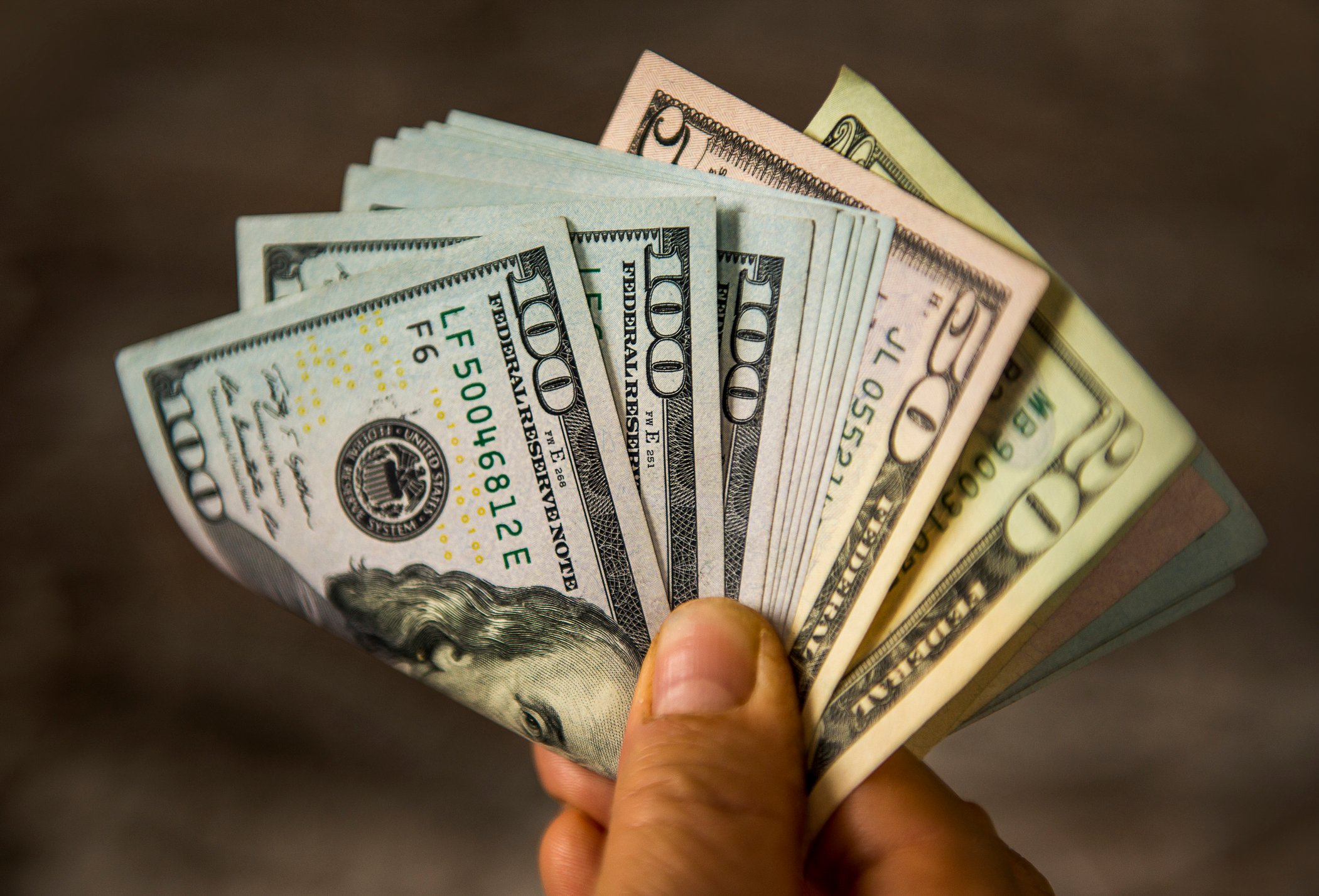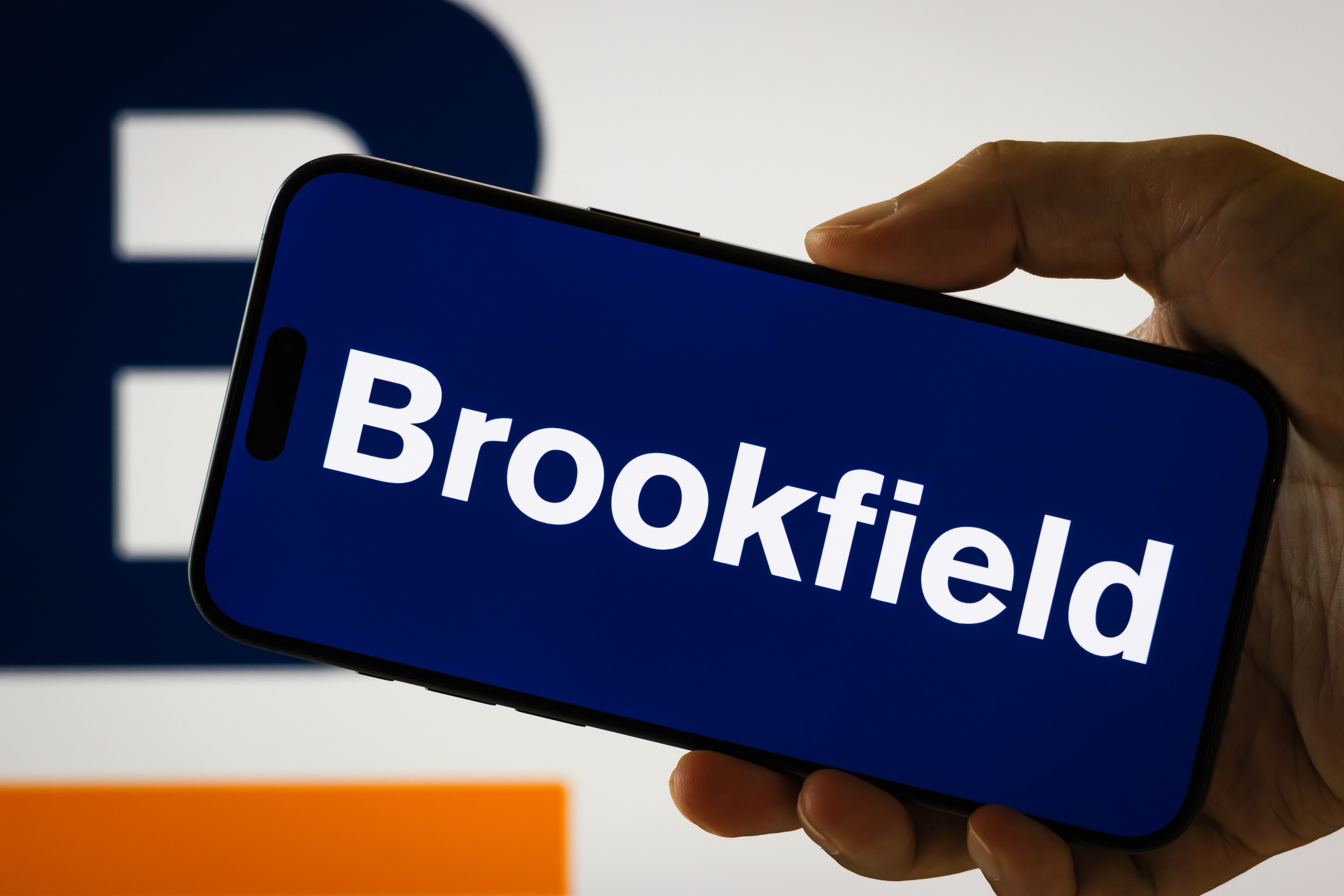Bank stocks have gone from red hot to ice cold, as Wall Street has viewed the industry as nothing more than a way to trade interest rates in the short term. But the truth is that well-run banks can survive and thrive in any environment, powered by diversified income sources and cheap deposits that help them earn attractive returns even when interest rates are moving in the wrong direction.
Here's why these three Fool.com contributors think Bank of America (BAC +0.52%), SunTrust Banks (STI +0.00%), and U.S. Bancorp (USB +0.83%) are buys right now.
A great bank at a discount
Matt Frankel, CFP (Bank of America): There's tremendous value in the banking industry right now. Since the Federal Reserve released its new dovish outlook for rate hikes at the conclusion of its March meeting, bank stocks have been performing terribly. Bank of America, my personal favorite big bank, has fallen by more than 10% in just over a week.
To be fair, there are a couple of good reasons for this. First, banks tend to earn higher profits when interest rates are higher. Lending operations that are directly tied to Fed rate hikes, such as Bank of America's massive credit card business, make more money when the Fed raises rates. And other consumer lending businesses like auto loans and mortgages tend to do well with long-term borrowing rates and suffer when long-term yields fall, as they have recently. Bank of America is in worse shape than its peers in a low-rate environment, as it has a disproportionately high amount of noninterest-bearing deposits.
Second, the Fed clearly said that it sees the economy slowing down. When the economy is strong, there's more demand for consumer lending products, so a slowing economy could translate to lower loan activity, as well as higher delinquencies and defaults.
Having said all that, I think the fears have been a bit overblown. Could Bank of America see profits decline a bit as rates fall? Absolutely. Is the bank worth more than 10% less than it was a week ago? Not at all. The economy remains strong, consumer confidence is high, wages are growing, unemployment is low, and I could go on.
The bottom line is that when other investors are acting fearful and making knee-jerk reactions to news, it's time to go shopping. And Bank of America is a high-quality bank that just went on sale.

Image source: Getty Images.
Get a good deal on a great bank
Dan Caplinger (SunTrust Banks): Most investors pay attention only to the biggest banks in the U.S. market, focusing on how they compete with one another for a common national customer base. But more recently, regional banks have taken more of the spotlight, and SunTrust Banks has found itself the target of consolidation activity that should vault it into the upper echelons of the industry.
In early February, BB&T announced that it and SunTrust would combine in what it called a merger of equals. With the structure of the deal, SunTrust investors will receive 1.295 shares of BB&T for every share of SunTrust they own, which will result in the combined entity being owned almost 60% by former BB&T shareholders and slightly over 40% by former SunTrust investors. The deal will create the sixth largest bank by assets in the U.S., and most expect the deal to close by the end of the year.
Executives at both banks are optimistic about the deal, but buying SunTrust shares right now gives you an added bonus: Based on recent prices, SunTrust trades at about a modest discount to BB&T using the share-exchange ratio above. That means that as long as the deal goes through, you'll end up with slightly more shares of the post-merger bank than you'd have if you buy BB&T. If you agree that the new entity will stand to become a super-regional powerhouse in the Southeast, then moving on SunTrust makes a lot of sense right now.
A bank for all environments
Jordan Wathen (U.S. Bancorp): If there's one thing prospective bank investors should know, it's that most banks look equal in good times, but the best differentiate themselves when economic conditions take a turn for the worse. Thanks to its ability to manage expenses, U.S. Bancorp is one of the best all-weather banks out there.
This bank is extraordinarily efficient, spending less than 54% of its net revenue on operating expenses, much better than the 60% cutoff point that many analysts consider ideal for a large bank. It achieves this efficiency partly through scale -- it has more than $467 billion in assets and just over 3,000 branches -- and partly through its outsized fee businesses. It generates roughly 45% of net revenue from noninterest sources -- things like payment processing, service charges on accounts, and investment management.
Fee income is the best kind of income for any bank, since it is largely earned without taking risks with the bank's balance sheet. In the case of U.S. Bancorp, fee income is also high margin -- its payments businesses are considered some of the best on Wall Street.
Whereas other banks have to take bigger risks in their loan portfolio to earn high returns, U.S. Bancorp's fee businesses enable it to earn high returns from a sleepy loan book. The loan portfolio can be described as plain vanilla, dominated by low-risk commercial and real estate loans. Despite this, the bank earns returns on average assets in excess of 1.5%. With U.S. Bancorp trading for roughly 12 times earnings, Wall Street isn't giving it enough credit for its outperformance in good and bad times.







